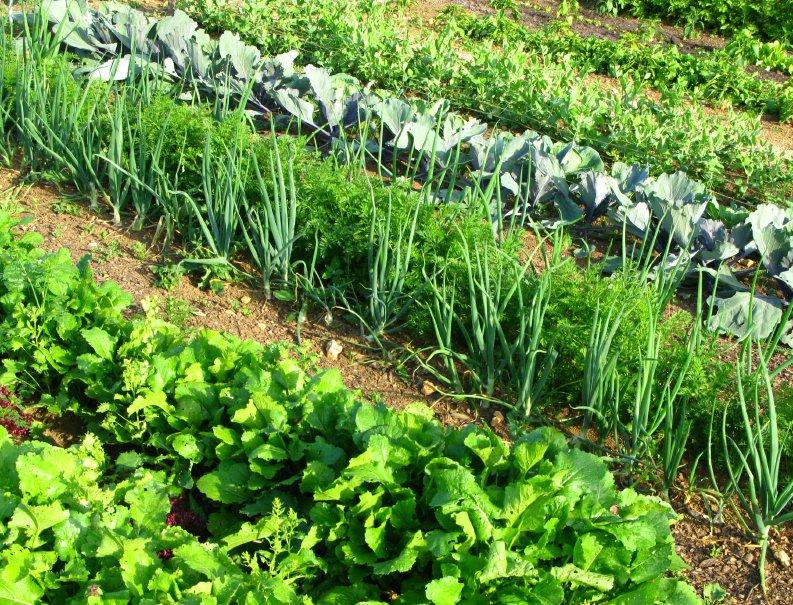Have you imagined growing a garden without digging up the soil? How about being able to grow vegetables using just a little amount of water? Growing certain plants in some seasons can also prove to be difficult, but the good news is that all these situations are possible with hydroponics.
This blogpost gives an introduction to hydroponics and answers all the questions on this method of growing plants.
[tmh_article_ads]
What is hydroponics?
Hydroponics, as a gardening practice, has been known around the world for many years. However, it only became commercially available in the United States in the early 1970s.
Hydroponics is the means of growing plants in a soilless environment. But don’t think that this solution only involves the use of water because of the ‘hydro’ in its name. In hydroponic gardening, it is possible to not use water at all.
Hydroponic gardens are the perfect garden-growing solutions for people with the climate in conducive environments or acreage. You can grow hydroponically both indoors and outdoors.
Is hydroponic gardening complicated?
Generally, hydroponic gardening is not a complicated process. Children can do it easily, and you may have grown some plants by this method before unknowingly. It is as easy as putting toothpicks in potatoes and placing them in a tin filled with water. Eventually, green shoots sprouted, and the roots grow. That is what hydroponics is all about!
What is a hydroponics system?
A hydroponic system is a structure that holds inert media or water and has spaces for plants to grow. There are two fundamental characteristics of hydroponic systems: an aggregate culture, and a liquid (solution) culture.
In solution cultures, the roots of plants grow in the nutrient-filed solution. On the other hand, an aggregate system uses gravel, clay pellets, sand. These serve as the medium for the roots to grow in.
In both types of hydroponic systems, plants need three ingredients to grow: moisture/water, oxygen, and nutrients.
What are the methods involved in hydroponics gardening?
For the fundamental types of hydroponic systems listed above, four methods can be used. These are;
- Top drip
- Ebb and flow
- Wick
- Deep-water culture
The top drip method is the most preferable in the hydroponic growth of plants. This technique permits essential nutrients to be held in a reservoir. Water is then pumped to the plants a few times in a day, and its excess is returned to the reservoir.
The cotton wick solution provides nutrients for plants placed on a wick system or sticking mat. The ebb and flow method also deliver a solution to the pot’s bottom, with a drain table placed just below it.
Oxygenated water is used to suspend plants in the deep-water culture method, and pumps of air produce bubbles to get them.
More methods are being developed, but the four listed above are the best-given space, time, and budget available to start a soil-free garden.
How do I build a hydroponics garden?
Building and designing a hydroponics garden can be easy and straightforward if you are passionate about growing plants in a soilless garden. Many plants like herbs, green peppers, cucumbers, flowers, strawberries, flowers, and tomatoes can be grown in a hydroponics garden. In fact, all plants that survive in small spaces can be grown hydroponically.
Before beginning the process of building a garden ensure that you have all the space you need. The real expense you will incur is in maintaining and selecting a greenhouse to use, if you intend to grow plants indoors. Also, consider the quality of materials to get the job done.
Secondly, you need a lot of nutrients to make your hydroponic gardening plan work. Nutrients for hydroponically grown plants are entirely different from those required by soil-grown plants. A mix of secondary, primary, and micronutrients explicitly designed for hydroponics should do the job for you.
Water is a popular medium to grow plants hydroponically. Air pumps in the water system supply oxygen to the roots, so there is no risk of suffocating them. However, apart from water, you can also use other inert mediums like perlite, vermiculite, and coconut chips or fiber. Decide which one works best for your garden.
What about the lightning need for plant growth?
Lightning is used when hydroponically growing indoors. HydroWorld – hydroponic lights provide just the right amount of lighting to make your plants grow faster. However, other types like LEDs, high-pressure sodium lights, fluorescents, among many others exist.
What are the advantages of soilless gardens over traditional soil gardens?
- A large plot of land is not needed to grow plants. Hydroponic gardens don’t need soil to grow.
- Soil composition and suffocation of roots will never be a problem. Plants spend less time attempting to grow in soilless gardens.
- Nutrients are delivered directly to plants, unlike in soil gardens where they expend energy in searching for these nutrients.
- They are environmentally friendly.
Conclusion
Hydroponic gardening is not exactly organic gardening, even though the ecological values for both are pretty much the same. With the right proportions of light and other plant-growing conditions, you can expect a yield and growth rate much higher in these soilless gardens than that of traditional soil gardens.


Share your thoughts